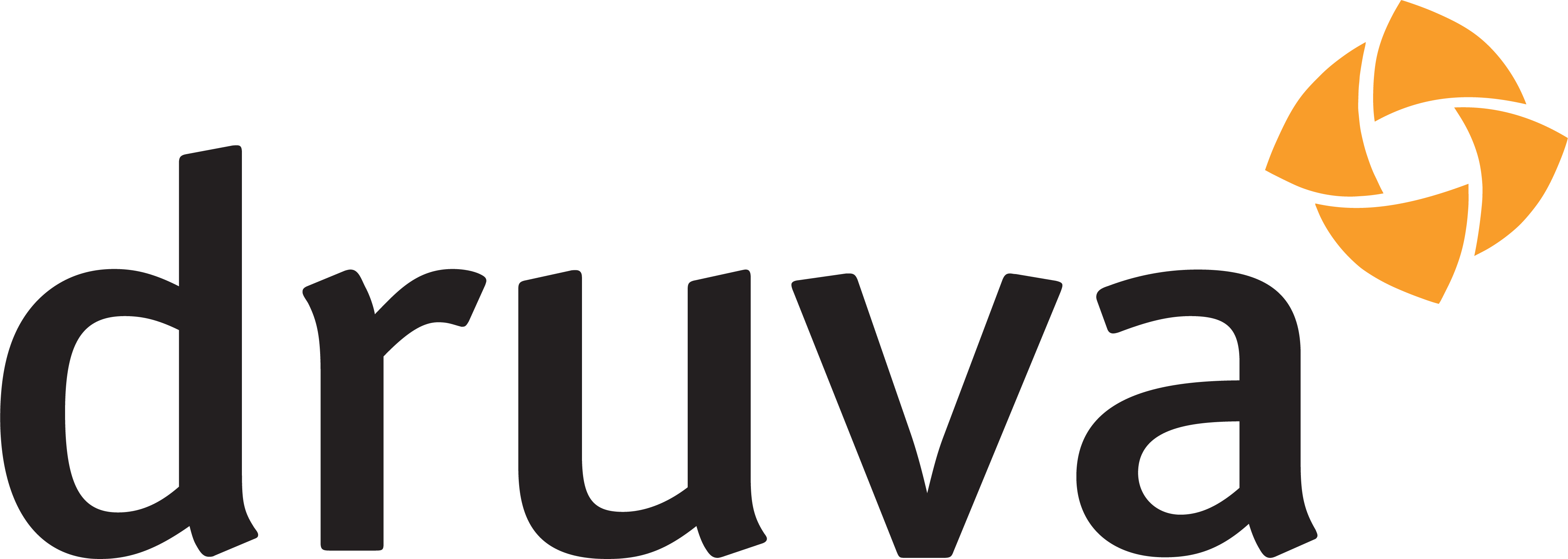Real-time Marketing Analytics: How to Get Better Campaign Results
Real time marketing analytics FAQS:
Interested in Cognism’s data? Check out our pricing 👇
As marketers, it’s important to get instant feedback on campaigns so you can change things quickly and increase conversions.
Real-time marketing analytics can help you achieve this by measuring promotion and ad performance.
Then, you can adjust your marketing strategies immediately to ensure they work better and attract more customers.
Keen to learn how to make real-time analytics part of your marketing approach?
Read on 👇
What is real-time analytics in marketing?
Real-time analytics means processing and measuring data as it arrives in the database. This lets users gain insights and make decisions quickly, helping businesses respond without delays.
It’s often referred to as real-time AI marketing analytics and can help you instantly monitor and respond to customer behaviour, campaign performance, and other key B2B marketing metrics.
Based on up-to-the-minute data, you can adjust strategies on the fly—whether changing ads, reallocating budgets, or refining messaging.
Leveraging timely insights can help you make faster decisions, boost campaign effectiveness, and improve customer experiences.
What are the core components of real-time analytics?
At its heart, real-time marketing analytics rely on four essential elements that ensure everything works together:
1. Data collection
It begins with gathering marketing data from various sources, such as your website, social media channels, ads, and customer interactions.
2. Instant data processing
After collecting the data, it’s processed immediately, transforming raw information into meaningful insights that can be immediately acted upon.
3. Live dashboards and alerts
Included with real-time marketing analytics tools, dashboards help you keep an eye on key metrics and trends as they happen. They send alerts for any spikes or dips that need your attention.
4. Actionable insights
Finally, marketers can use real-time marketing data to gain actionable insights for more informed decision-making. Whether that’s adjusting your B2B marketing strategy, rebalancing your budget, or refining your messaging.
How can real-time analytics help marketing teams?
Instead of waiting days or weeks to analyse campaign performance, teams can see what’s working right now and make immediate adjustments.
Whether tweaking an underperforming ad, reallocating budget to maximise results, or responding to customer feedback as it arrives, real-time data allows marketers to stay agile and responsive.
Other benefits of real-time marketing analytics include:
1. It helps establish clear key performance indicators (KPIs)
Clear KPIs allow you to measure the direct impact of your real-time marketing efforts and make quick adjustments that lead to better results.
This data-driven approach ensures that campaigns stay aligned with business goals and consistently deliver value.
Common KPIs include customer engagement levels, conversion rates, sales growth, revenue generation, and overall return on investment (ROI).
Our top tips:
- Regularly monitor and adjust KPIs to ensure they remain relevant to your evolving business goals.
- Leverage real-time dashboards to visualise KPI performance and identify areas that need immediate attention.
- Set up real-time alerts for crucial metrics like high traffic spikes or unexpected drops, allowing for rapid response.
2. It encourages teams to adopt a data-driven marketing approach
Building a data-driven culture within your organisation starts with harnessing the power of real-time analytics.
When your entire organisation embraces real-time data, you can make better and faster decisions and improve cross-functional collaboration. A unified approach to analytics helps everyone work toward common objectives and adapt to changing market trends.
Every department—marketing, sales, IT, and even customer support—should be engaged with data and aligned on common goals. Encourage collaboration and foster a mindset where data, not assumptions, backs decisions.
Our top tips:
- Implement training programs to teach team members how to interpret and act on real-time analytics data.
- Use real-time marketing analytics tools that provide easy-to-digest insights accessible to non-technical teams.
- Kill organisational silos and nurture collaboration between departments. Align marketing and sales teams so they share insights that help improve customer outreach and retention.
3. You can quickly test, analyse, and optimise marketing campaigns
Continuous testing and tweaking your marketing efforts can pay off. With real-time feedback, you can spot what’s not working fast and hit pause before wasting any more time or money.
On the contrary, you can double down on the things that are bringing results. This way, you’re not just improving your strategy—you’re getting more bang for your buck and driving your business toward even better outcomes.
Take A/B testing as an example of real-time marketing analytics:
By comparing different variations of content, ad copy, or targeting strategies in real-time, you gain immediate insights that allow you to make data-driven marketing decisions.
This approach helps you optimise your campaigns on the fly, boosting conversion rates and enhancing customer engagement based on what’s working best.
Our top tips:
- Use real-time data to test elements like email subject lines, ad creative, landing pages, and audience segmentation.
- Regularly evaluate test results and make iterative changes to enhance performance.
- Track key metrics in real-time and adjust underperforming campaigns immediately to avoid wasted budget and lost opportunities.
4. It helps you refine your marketing budget allocation
Imagine being able to adjust your budget as you go, ensuring every dollar works harder for you.
By optimising budget allocation in real-time, you can reduce wasted spend and significantly improve your B2B marketing efforts.
Real-time insights reveal which channels, campaigns, or strategies deliver the best return. With this information, you can dynamically reallocate budgets, shifting resources toward high-performing efforts while reducing spend on underperforming ones.
Ultimately, this dynamic approach helps your business get better results without the guesswork.
Our top tips:
- Regularly analyse real-time data to track the performance of each marketing campaign and channel.
- Use real-time AI data analytics for marketing to set automated alerts that flag underperforming areas for budget adjustments.
- Use predictive analytics to forecast trends and allocate budget proactively, maximising future ROI.
How to use B2B data for real-time analytics in marketing
Using B2B data for real-time marketing analytics means making faster, data-driven decisions and enhancing campaign effectiveness.
Real-time marketing analytics tools can help you source data from CRM systems, website behaviour, and social media interactions. They also help your marketing team track how potential clients engage with specific content or ads at any moment.
But how can marketers leverage B2B data and real-time marketing analytics for campaign success?
Here are five examples:
1. Lead scoring and nurturing
Monitor your CRM for any MQLs and note which lead source encouraged your potential customers to enter your funnel.
You might find that one LinkedIn post or blog page performs better than others. Using analytics, you can pinpoint why and optimise your other resources to be more enticing for lead generation.
Moreover, you can use your customer data to learn more about demographics influenced by each resource.
For example, if a piece of sales content encourages more SDRs to sign up for a demo, but the target is AEs, you can create new content with different messaging based on what worked and what didn’t.
Another benefit of AI-driven marketing analytics is that you can set automatic triggers for leads of a certain score to enter a follow-up nurture or notify sales to make contact.
Note:
For this to work, you need to make sure your B2B database is up to date in your CRM, as it might influence the insights you gain from demographic data.
A tool like Cognism, which offers CSV and API Enrichment, will help you keep your contact database up to date.

SDR Manager EMEA @Druva

2. Website behaviour tracking
Real-time data from website analytics tools allows marketers to see how visitors navigate their site.
For instance, if a user spends time on product or pricing pages, the marketing team can immediately trigger personalised retargeting ads or offer a live chat prompt to answer any questions.
The Cognism team is a big fan of Hotjar for this. Check out our marketing tech stack for more tools we use in tandem with our B2B prospecting data.
3. Social media marketing
Monitoring social media platforms in real-time is a good way for marketing teams to see when prospects engage with their posts, share content, or mention their brand.
Staying on top of these insights allows you to instantly respond, engage in conversations, and adjust your social media strategies based on live feedback.
Once you know who is interested in which posts and ads, you can refine your social media targeting so that you’re using the most accurate B2B data for your ad campaigns.
This is something the Cognism team does for our LinkedIn marketing.
4. Account-Based Marketing
You can track the activities of high-value target accounts for ABM campaigns using real-time marketing analytics data.
For example, when someone from the account visits the company’s website or opens an email.
This allows for the immediate delivery of tailored content or follow-up messages, increasing the chances of engagement.
5. Campaign performance optimisation
The best part about using B2B data and marketing analytics is that you can adjust your active marketing campaigns to ensure streamlined targeting, better email open and click-through rates, and adjust PPC ad performance.
With intent data, you can find out who is in the market for a solution like yours, and if they aren’t interested in your messaging, you can change it.
It makes quick, targeted decisions that result in better performance and increased conversions.
But, for the best success, you’ll need 👇
Power your marketing with B2B data
Cognism has the most comprehensive EMEA dataset and is one of the leading providers of cell phone number coverage in the US.
Sign up for a Cognism subscription, and you’ll get:
- Accurate, compliant B2B data to enhance your targeted marketing campaigns
- The option to enrich your current database and update your CRM records with crucial account information.
With accurate, up-to-date data, you can react fast and reach out to prospects with personalised messaging based on intent, firmographics, demographics, and marketing trigger alerts.
Book a demo with Cognism today 👇
/CTAs%20(SEO)/Sales-Companion-Banners-cta-webp.webp?width=672&height=257&name=Sales-Companion-Banners-cta-webp.webp)


